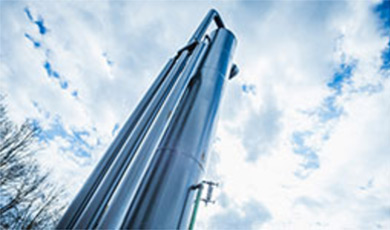- Albanian
- Arabic
- Belarusian
- Bengali
- Czech
- English
- French
- German
- Hebrew
- Hungarian
- Indonesian
- irish
- Italian
- Japanese
- kazakh
- Persian
- Russian
- Thai
- Uzbek
- Vietnamese
Affordable Roller Coaster Tickets for Thrilling Adventures and Unforgettable Experiences
The Economics of Roller Coaster Prices What Makes Them Worth the Ride?
Roller coasters are one of the most exhilarating attractions found at amusement parks worldwide. From the towering heights to the dizzying speeds, these steel behemoths attract thrill-seekers of all ages. However, the price of experiencing these rides can vary significantly based on several factors. Understanding what influences roller coaster prices can shed light on their economics and the value they offer to park-goers.
1. Construction and Maintenance Costs
One of the main factors affecting the price of roller coasters is their construction and maintenance. Building a roller coaster is a significant investment, often costing millions of dollars, depending on size, complexity, and technology. For example, a standard steel coaster might run anywhere from $1 million to over $20 million. Additionally, ongoing maintenance is crucial to ensure safety and reliability. Regular inspections, repairs, and updates can accumulate costs that parks must factor into ticket prices. Consequently, roller coaster prices are designed not just for the experience but also to cover these substantial upfront and ongoing expenditures.
2. Location and Theme Park Factors
The location of a roller coaster plays a pivotal role in setting its price. Coasters in major theme parks, such as Disneyland or Universal Studios, often charge higher prices due to their popularity and the need to compete within the premium market. Visitors are not only paying for the ride itself but also for the overall experience associated with the brand, theming, and immersive environment of these parks. Conversely, smaller amusement parks might offer significantly lower prices because they have fewer attractions and lower operational costs.
3
. Popularity and Demandroller coaster price

Market demand is another significant determinant of roller coaster pricing. Popular coasters that attract long lines and are consistently crowded may justify higher ticket prices or even the addition of premium fast-pass options. Parks often raise prices during peak times, such as holidays and weekends, to capitalize on the increased influx of visitors seeking thrills. Conversely, during off-peak times, discounts or specials might be offered to encourage more visitors, thereby balancing attendance and revenue.
4. The Experience Factor
What makes a roller coaster worth its price? The experience it offers is a key consideration for many guests. Unique elements, such as groundbreaking designs, unforgettable themes, and special features like inversions or launches, can justify higher costs. For instance, coasters that provide unprecedented thrills or advanced safety features may charge premium prices owing to their technological advancements and production value.
5. Consumer Perception and Willingness to Pay
Finally, consumer perception significantly impacts roller coaster pricing. The idea of thrill-seeking and the joy of experiencing something exhilarating can lead visitors to pay a premium for high-adrenaline rides. Emotions play a significant role in the decision to purchase tickets. Parks often engage in excellent marketing strategies that highlight the excitement and unique experiences these rides offer, making them worth the expense in the eyes of consumers. Quality branding and word-of-mouth from satisfied riders help to sustain demand and justify higher prices.
Conclusion
In summary, roller coaster prices are influenced by various factors, including construction and maintenance costs, park location, demand, the unique experience offered, and consumer willingness to pay. As amusement parks continue to innovate and push the boundaries of thrill rides, understanding the economics behind roller coaster pricing helps consumers appreciate the value they receive. So the next time you're at an amusement park, take a moment to consider not just the thrill of the ride but also the complex factors that contribute to its price—after all, it's more than just a ticket; it's an adventure waiting to be had!
-
Flume Ride-Hebei Zhipao Amusement Equipment Manufacturing Co., Ltd.|Thrilling Water Attraction&Customizable DesignJul.30,2025
-
Flume Ride - Hebei Zhipao Amusement Equipment | Water Coaster, Thrilling DescentJul.30,2025
-
Flume Ride - Hebei Zhipao | Thrilling Water AttractionJul.30,2025
-
Flume Ride: Thrilling Water Attraction by Hebei Zhipao|Log Flume Manufacturers&Flume Ride DesignJul.30,2025
-
Flume Ride-Hebei Zhipao Amusement Equipment Manufacturing Co., Ltd.|Thrilling Water Coaster, Safe DesignJul.30,2025
-
Flume Ride-Hebei Zhipao Amusement Equipment Manufacturing Co., Ltd.|Thrilling Water Attraction, Safe DesignJul.30,2025
